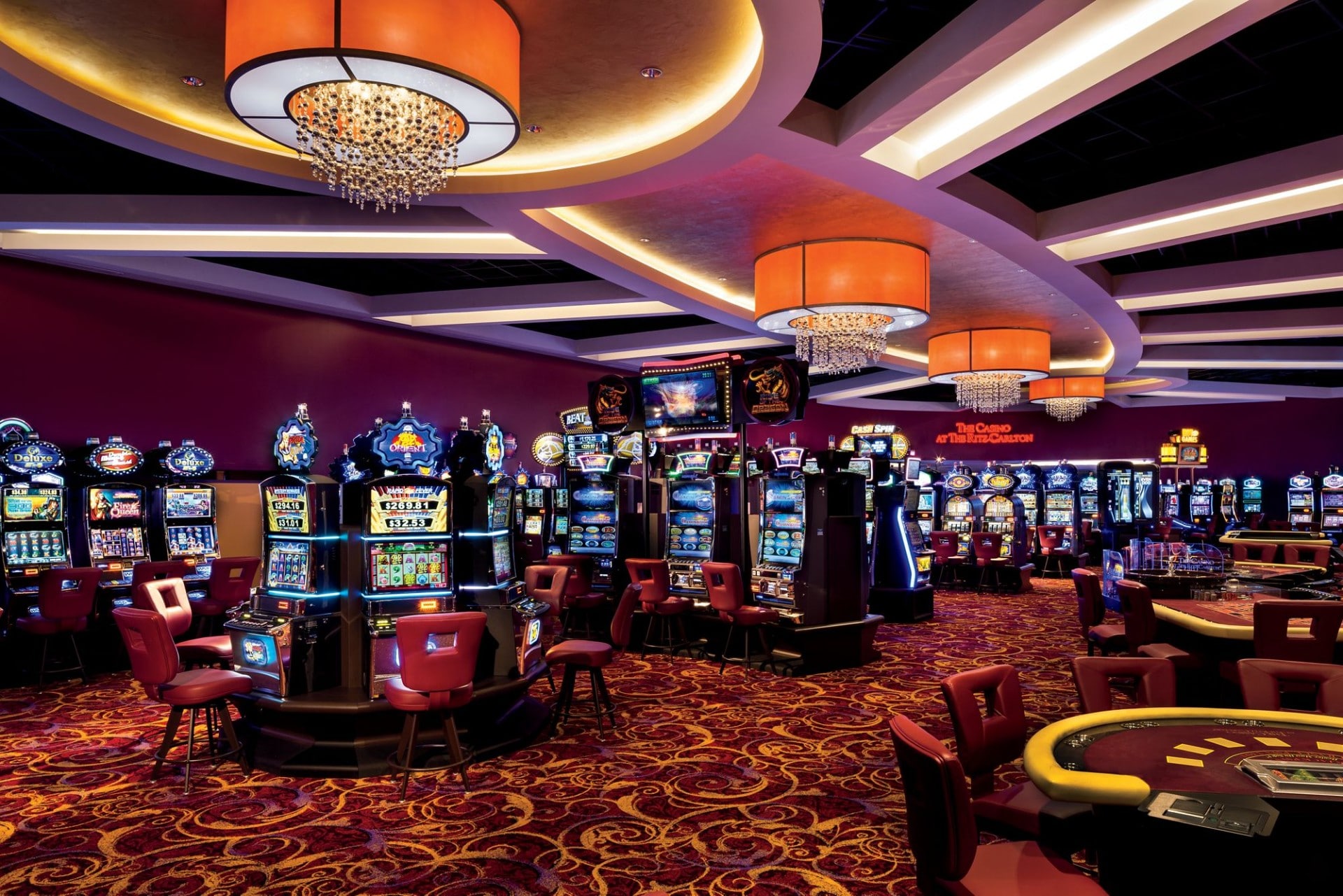
In a dynamic and stimulating world of gaming establishments, wherein luck and tactics intertwine, color and aesthetic play a critical role in attracting gamblers. From the moment visitors step into a casino or log into a gaming website, they are enveloped in a visual feast that grabs their attention and lures them to discover further. Bright colors, captivating graphics, and innovative layouts are carefully crafted to create an environment of excitement and anticipation, ultimately enhancing the gaming encounter.
While players navigate through the dynamic landscape of casino games, they come across a variety of designs that not only serve visual purposes but also affect feelings and decision-making. Hues like red and yellow symbolize wealth and fortune, while soothing blues and emeralds can create a much tranquil environment. Grasping how these elements function together enables casinos to create an inviting and energizing atmosphere that encourages players to interact with the games, spend more time at the tables, and boost their general enjoyment.
The Psychology of Color in Gaming Establishments
Color plays a key role in the development of casino games, affecting players’ emotional states and behaviors. Lively and vibrant hues, such as scarlet and amber, are often used to incite excitement and attract attention. These shades create a feeling pressure and vitality, encouraging participants to engage more enthusiastically with the activity. By strategically selecting hues, developers aim to elicit emotions of satisfaction and expectation, which can enhance the overall player experience.
Different hues also have psychological associations that can affect how gamblers perceive their chances of winning. For case, green is often associated with luck and wealth, making it a popular choice in activities like roulette and poker tables. This link can result participants to feel more positive and assured in their gameplay, ultimately motivating them to stake more. Comprehending these links allows game designers to design environments that enhance player enjoyment and loyalty.
In addition, the design of gaming interfaces often employs gradients and contrasting colors to instruct players’ responses. For example, successful combinations may be highlighted with striking, opposing shades, creating a visual cue. This method strengthens successful results and encourages repeated gameplay. By utilizing color psychology, casinos can develop games that not only attract players but also hold them involved and invested in their game experience.
Creative Elements that Engage Gamers
The aesthetic appeal of casino games is primarily influenced by the use of vibrant colors. Bright and striking colors are deliberately chosen to create an inviting atmosphere that captures attention. For instance, crimson and golds often signify luck and wealth, which is why they are prevalent in the palettes of slot machines and table surfaces. These colors not only attract players in, but they also stir emotions associated with thrill and anticipation, enhancing the overall gaming experience.
In addition to color, the aesthetic and organization of casino games play a crucial role in player attraction. Games are designed to be intuitive, ensuring that players can easily understand the guidelines and gameplay. NHÀ CÁI MM88 Accessible interfaces, along with engaging graphics and animations, help maintain player interest and encourage longer play sessions. The physical elements, such as the texture of the buttons and the audio of the games, also add to a comprehensive sensory experience that keeps players engaged.
Finally, conceptual elements in gaming design can greatly influence player choice. Many casino games are inspired by media, fairy tales, or exploration motifs, incorporating symbols and characters that resonate with players. These themes create a sense of immersion and relatability, making each game feel distinct. When players feel a bond to the theme, they are more likely to choose that game over others, leading to increased participation and excitement within the gambling environment.
Case Studies: Successful Casino Table Game Designs
One prime example of effective gambling game design is the well-known slot machine series based around popular movies. Games such as those based on the The Wizard of Oz and Game of thrones utilize bright colors and top-notch graphics to enthrall players in familiar narratives. The employment of dynamic visuals and entertaining sound effects takes the attention of players, building an emotional connection to the theme. This strategy not only fosters longer play but also improves the overall gaming experience, resulting in increased player retention.
Another notable case is the application of color psychology in table games like blackjack and roulette. Casinos often develop these games with deep reds and greens, colors traditionally connected with luck and wealth. For instance, the emerald felt on a 21 table provides a soothing effect, while the crimson accents in roulette invite thrill. This thoughtful use of color helps to create an inviting atmosphere that encourages players to participate, satisfying their psychological impulses and increasing their enjoyment.
Finally, online casino games that include community features and bright, dynamic designs have achieved remarkable success in engaging players. Games like Zynga’s Poker and Slot-O-Mania leverage vivid colors and playful animations to forge an inviting online environment. The integration of leaderboards, social sharing options, and in-game rewards encourages competition and community, pulling players in for longer sessions. NHÀ CÁI MM88 Such designs not only make the games visually enticing but also underscore community engagement, a key factor in player retention and engagement within digital casino environments.